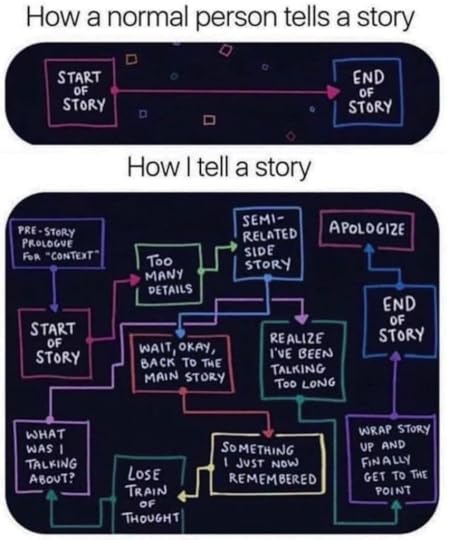Narrative Style: The Heart of Storytelling & Why It Also Matters in Memoir

Narrative style is the beating heart of writing. While our voice might remain consistent from a blog to a non-fiction to a fiction, narrative style is what keeps our work fresh and makes it resonate.
Developing a strong narrative style is especially critical if we decide to write a memoir because the style will need to not only reflect the personality of the author-storyteller, but also hit that sweet spot in tone that is appropriate for the story.
But what IS IT?
Last post, I opened the discussion about memoirs. Memoirs are not only becoming increasingly popular, but with the implosion of traditional publishing, there’s good news. Anyone can write and publish a memoir. There’s also bad news…anyone can write and publish a memoir.
Before we talk about the various structures and types of memoirs, it’s a good idea to first discuss the broad concepts. Last time, I mentioned that superior memoirs frequently DO reflect The Hero’s Journey.
That was our first meta-concept, so to speak. The second meta-concept is narrative style. This aids us in connecting with audiences and generating long-lasting resonance.
Narrative style can be one of those amorphous concepts that’s tough to define directly. Sort of like black holes.
Scientists don’t per se observe a black hole directly, as much as they suspect they might have a black hole because of what’s going on around a certain area in space (the behavior of light and nearby planets, etc).
This said, all creators would be prudent to keep some core principles in mind when writing anything from a blog, to a non-fiction, to a memoir. These principles lay the foundation for what we think of when it comes to ‘narrative style.’
Narrative Style & The Essentials

It’s just wise to appreciate how the human mind works whenever we’re creating. There are certain aspects hard-coded into the brain. Thus, when we grasp the basics of what hooks readers and what shuts them down, it offers major advantages.
Whether writers want to admit this or not, we are creating a product we hope others will pay to consume. That they not only will consume the product, but then will recommend our product to others.
While developing then strengthening our own unique narrative style will certainly help, it will be simpler to explain the impact of narrative style with some context and basic psychology.
Essential #1: Order
Our brains desire order.

The human brain craves order to the extent it will manufacture order when no order exists.
Have you ever been driving and seen an outline on the road ahead? Your heart hitches because you’re certain some poor critter ended up under the wheels of a passing car.
Yet, when you get closer, you let out a sigh of relief because it’s just a rumpled pile of fabric. Someone lost a jacket. WHEW!
This is our brain seeing an outline and configuring the shape into something that makes sense given the context of dim lighting, road, and driving.
It’s also how people see pictures in clouds, whorls of wood, or how some see Jesus on a slice of toast.
MY Jesus is gluten-free 



